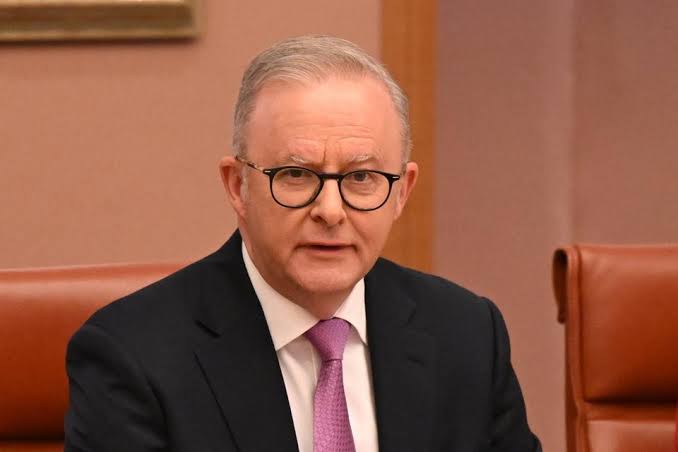Australian Prime Minister Anthony Albanese said on Monday that his government would determine its defence capability requirements before committing to any increase in military spending, responding to a U.S. request for Australia to raise its defence budget to 3.5 per cent of GDP.
“What you should do in defence is decide what you need your capability and then provide for it,” Albanese told reporters. He emphasised that his government had already accelerated A$10 billion in defence funding over the next four years and is targeting a defence budget of 2.3 per cent of GDP by 2033.
The comments came after U.S. Defence Secretary Pete Hegseth urged Australia to lift defence spending to 3.5 per cent of GDP “as soon as possible,” during talks with Australian Defence Minister Richard Marles on Friday.
According to a Pentagon statement released on Sunday, the two officials discussed strengthening U.S. military capabilities in Australia and expanding cooperation in defence industries.
Their meeting on the sidelines of the Shangri-La Dialogue, Asia’s key security summit which marked only the second top-level security engagement between the allies since the U.S. President Donald Trump took office in January.
Albanese, who was re-elected in May and has not yet met with President Trump, did not announce any defence spending changes in this year’s federal budget, pointing instead to the government’s prior commitment of A$50 billion in new funding over the next decade.
Peter Dean, director of foreign policy and defence at the University of Sydney’s United States Studies Centre, said Albanese appears to be carefully shaping Australia’s defence policy ahead of his first meeting with Trump. According to Dean, the prime minister wants any decisions to be viewed as sovereign choices rather than responses to U.S. pressure a stance that resonates well with domestic audiences following the recent election.
Australia’s defence spending has declined as a share of both GDP and the federal budget since the 1980s. In 1987, defence accounted for around three per cent of GDP and 10 per cent of the budget; by 2025, it is projected to fall to two per cent of GDP and six per cent of total spending.
“To achieve self-reliance in the modern era, with rising threats in the Indo-Pacific especially, China is going to cost more money,” Dean said. He noted that the U.S. is on track to spend 3.5% of its GDP on defence this year.
Australia has already committed to a massive A$368 billion investment over 30 years under the AUKUS pact, aimed at acquiring and building nuclear-powered submarines in partnership with the U.S. and the U.K. The country is also ramping up domestic missile production and acquisition to strengthen its strategic capabilities.
Despite pressure from Washington, Albanese remains focused on balancing alliance obligations with domestic expectations, positioning defence spending as a national decision rather than a foreign directive.



